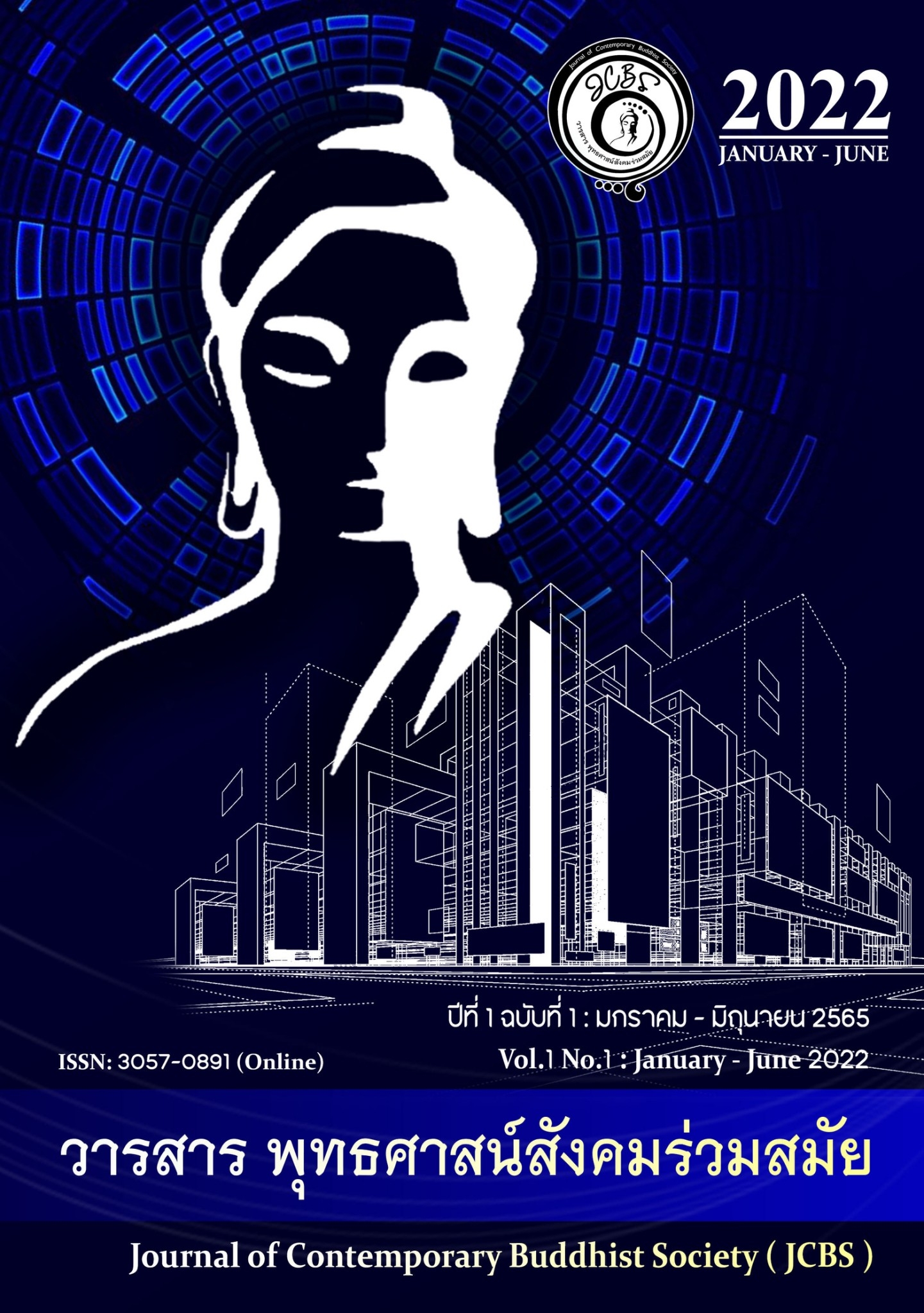THE INFLUENCE OF THERAVĀDA BUDDHISM ON THE MON PEOPLE
Keywords:
Mon people, Theravāda Buddhism, culture, society, architectureAbstract
This article analyzes the influence of Buddhism on the Mon people in terms of culture, society, and history, focusing on the integration of Theravada Buddhist teachines with the Mon way of life. Cultural influence is refted in lanquage, literature, traditions, and relious festivals, while social influence is demonstrated through the role of monks as spiritual leaders and community development centers, as well as the moral and ethical values deeply ingrained in Mon daily life.
In terms of architecture and art, Mon pagodas and temples, such as the Shwedagon Pagoda in Myanmar, highlight the distinctive identity of Buddhist art and architecture. Furthermore, the Mon people have played a pivotal role in spreading Theravada Buddhism across Southeast Asia, particularly in Myanmar and Thailand.
Despite the challenges posed by globalization and social changes in contemporary times, Buddhism remains a cornerstone of Mon identity, shaping their way of life, culture, and traditions. The article emphasizes the power of Buddhism in fostering unity, harmony, and resilience within the community, senving as a vital foundation for preserving the cultural and religious identity of the Mon people in the modern era.
References
Buranakup, S. (2012). Society and Culture of the Mon People. Nakhon Pathom: Mahidol
University.
Harvey, G. E.(1952). History of Burma: From the Eariest Times to 10 March 1824. London:
Frank Cass & Co. Ltd.
Htin Aung, Maung. (1967). A History of Burna. New York and London: Cambridge University
Press.
Kluaymai Na Ayudhya, T. (2011). History of Southeast Asio. Bangkok: Matichon.
Koset, S. (1981). The Study of Thai Traditions. 310 Edition. Bangkok: The Royal Institute.
KPH No. 40/2519, Wat Pho (abandoned) Inscription, Mueang District, Nakhon Pathom Province,
discovered in 1952. Written in Pallava script and Old Mon language. "Inscriptions in
Thailand," Princess Maha Chakri Sirindhom Anthropology Centre (Public
Organization). Currently housed in the National Museum, Phra Pathom Chedi.
[Online], Available at: https://db.sac.or.th/inscriptions/inscribe/detail/271 [16 July
.
Lieberman, Victor B.(2003). Strance Parallels: Southeast Asia in Global Context. c.800-1830.
volume 1, Integration on the Mainland. Cambridge University Press.
Myint-U, Thant. (2006). The River of Lost Footsteps-Histories of Burno. Farrar: Straus and
Giroux.
Pe Maung Tin, & Luce, G. H. (1928). The Mon. London: Oxford University Press.
Phraya Boran Ratchathanin (Phon Dechakhup). (2021). The Octagonal Pillar Inscription,"
currently housed at Vajirayana Library, National Library of Thailand, Bangkok. D-
Library; National Library of Thailand. [Online]. Available at:
http://164.115.27.97/digital/items/show/6515 [16 July 2021].
Phra Brahmagunabhorn (P.A. Payutto). (2003). Buddhadhamma. Bangkok: Sukkhaphapjai
Publishing.
Suchchaya, S. (2021). History of the Mon - The Mon People on the Land of Suvamabhumi.
[Online]. Available at: http://www.monstudies.com.
Sunthornwat, A.(2004). Thai Mon: 8 Ethnic Groups in Rotchoburi. Ratchaburi Provincial Cultural
Office and Ratchaburi Provincial Cultural Council: Thammarak Printing.
Taylor, R. H. (2009). The State in Myanmar. Singapore: NUS Press.
UNESCO.(2010). Shwedagon Pagoda: A timeless heritage of the Mon people. World Heritage
Review, 12(3), 45-59.
Downloads
Published
How to Cite
Issue
Section
License
Copyright (c) 2024 Journal of Contemporary Buddhist Society = JCBS

This work is licensed under a Creative Commons Attribution-NonCommercial-NoDerivatives 4.0 International License.



